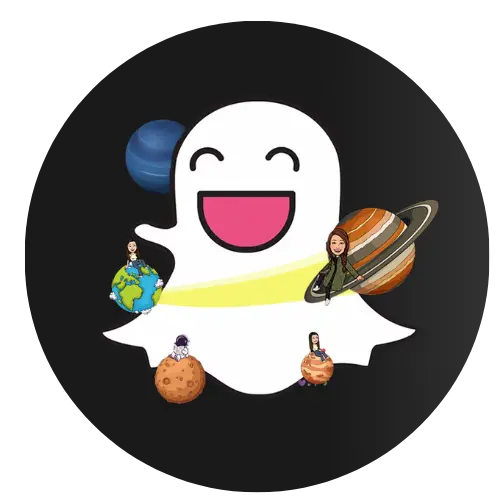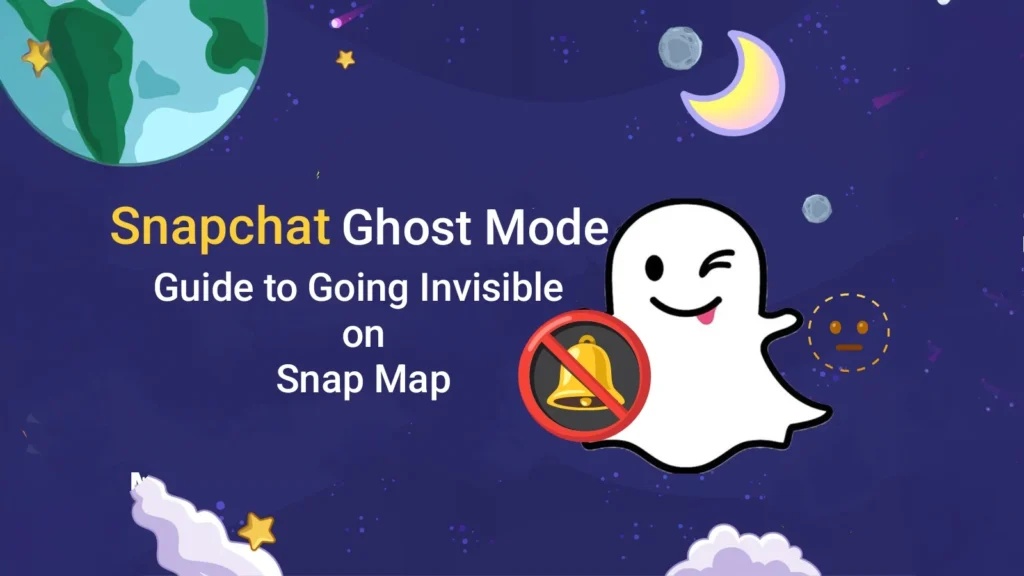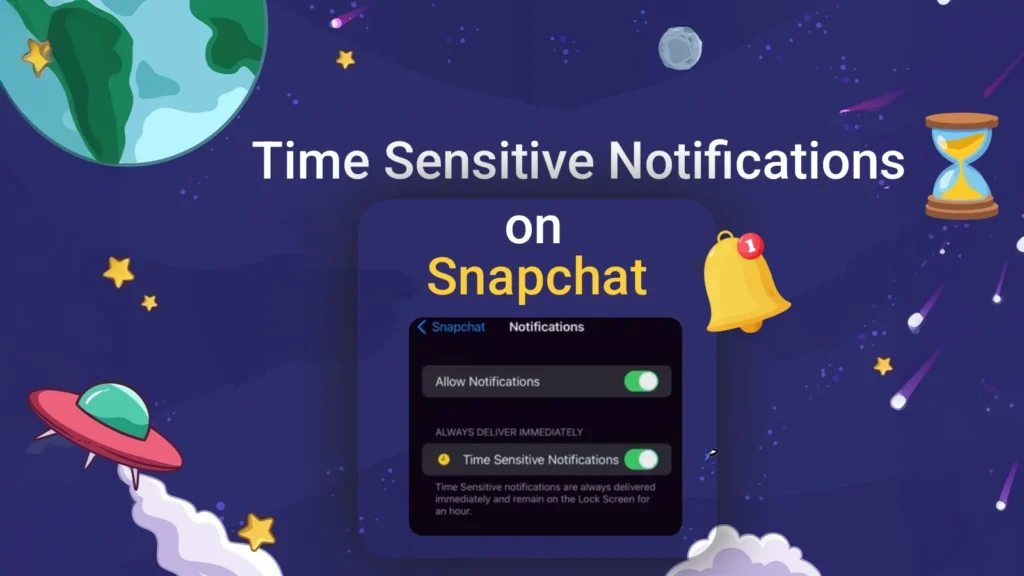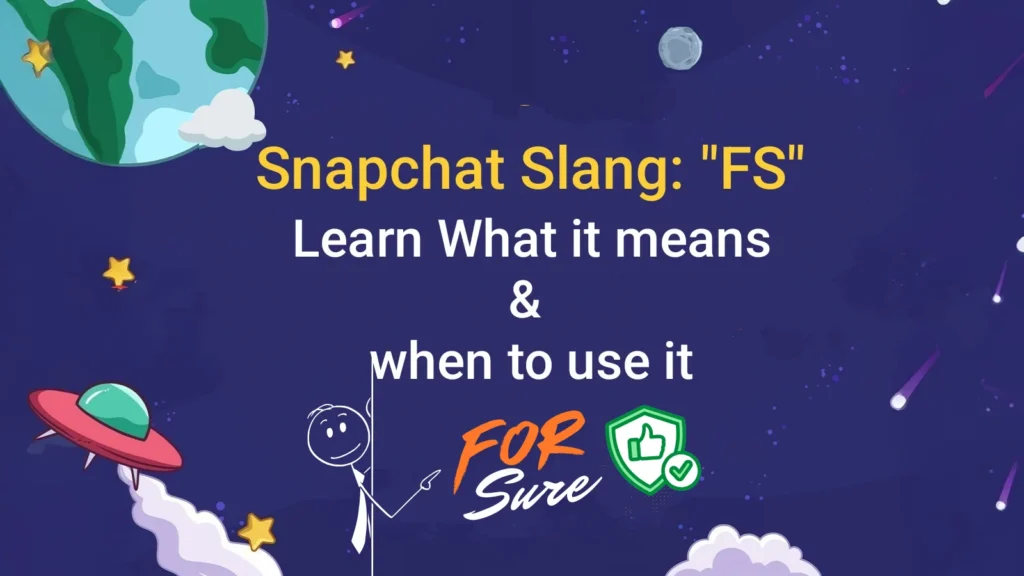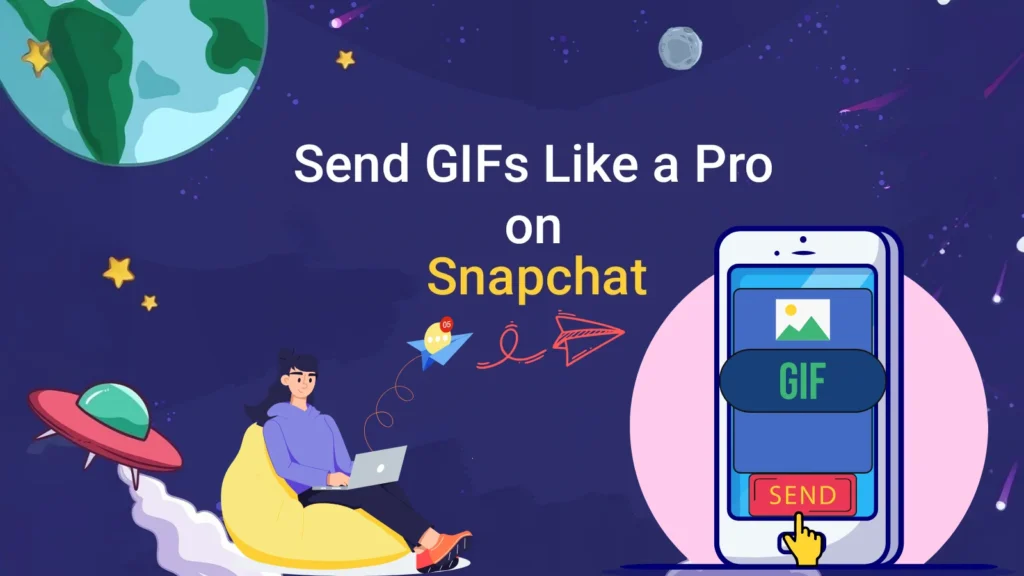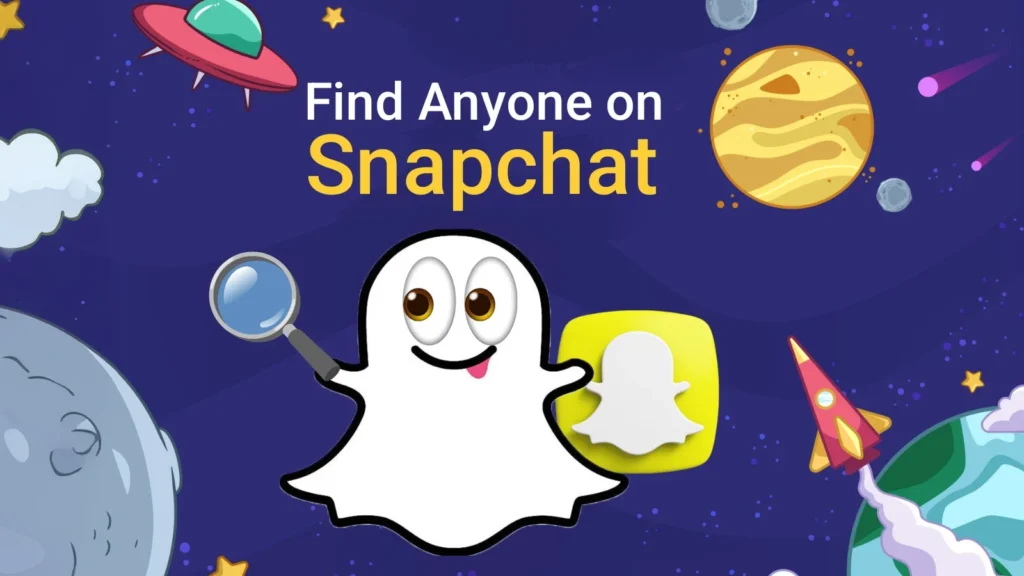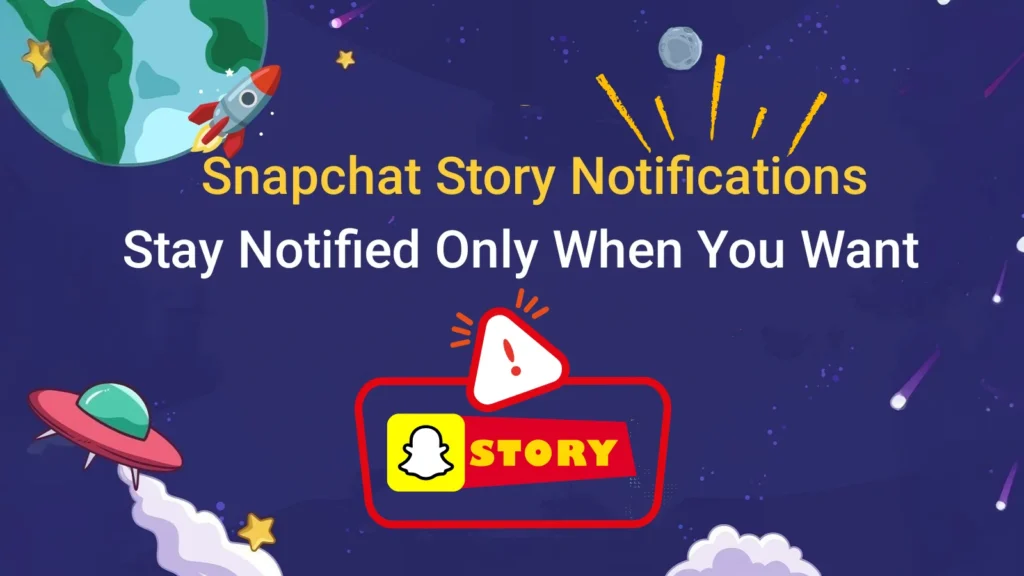What Does the Gold Star Mean on Snapchat? (Full 2025 Guide)
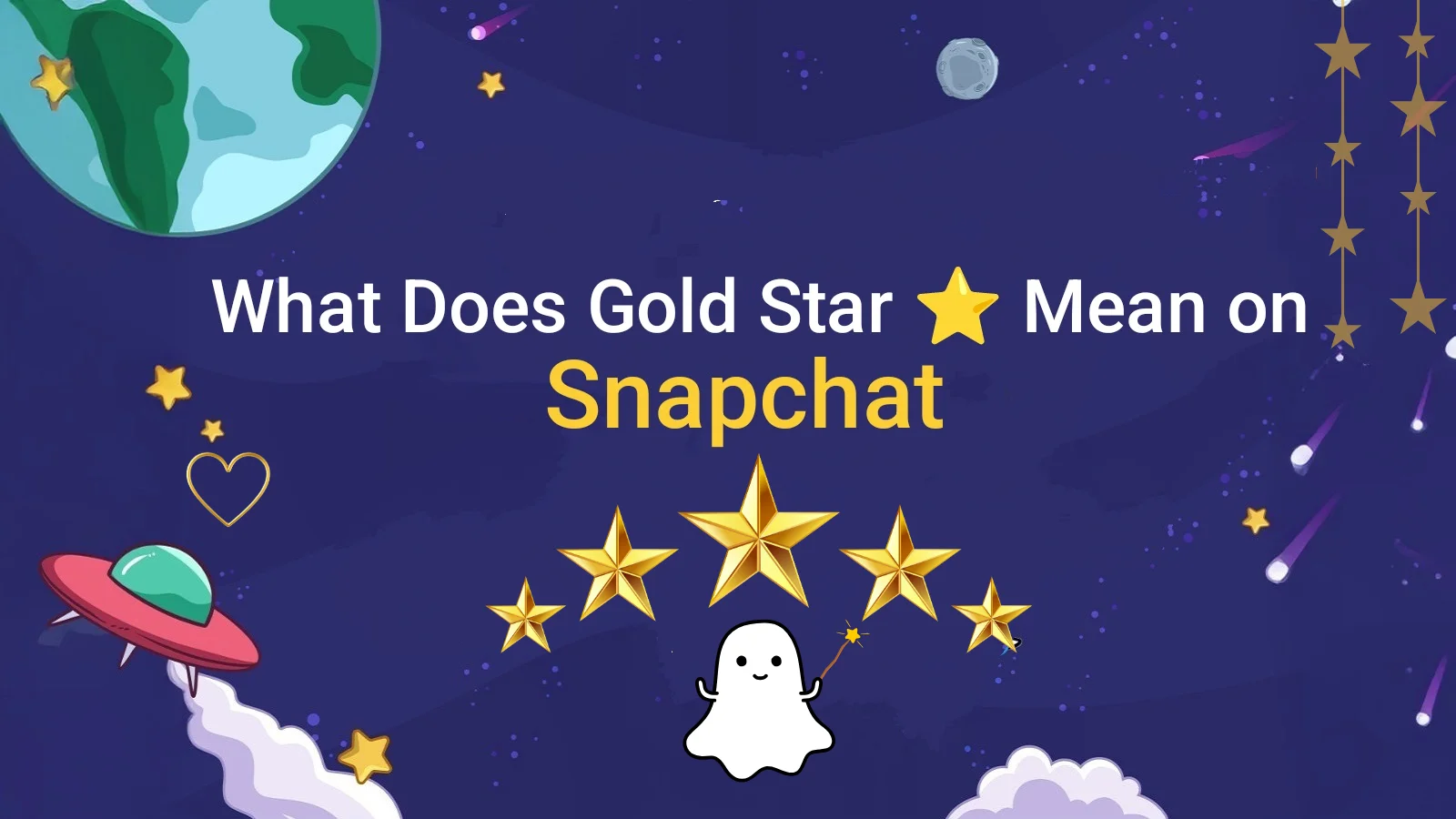
Snapchat is full of emojis, but one that often leaves users curious is the Gold Star 🌟. If you’ve seen this symbol next to a friend’s name, it simply means someone has replayed their Snap within the last 24 hours. In this guide, we’ll explain what the Gold Star really means, why it appears, and how it works on your Snapchat activity.
It’s important not to confuse this Gold Star with Snap Star (the verified badge), which is given to official or celebrity accounts. We’ve already explained what is a Snap Star in detail, including the perks and how verification works, so feel free to check that guide for clarity. Meanwhile, this article will focus only on the Gold Star that appears when someone replays your Snap.
If you enjoy Snapchat features like emojis and streaks, you’ll love exploring the Snapchat Planet Order. Learn how the planets rank your friendships and what each one really means
Key Takeaways – What You’ll Learn About Gold Star on Snapchat
- The Gold Star on Snapchat appears when someone replays your Snap within 24 hours. It’s a short-term indicator of engagement, showing your content stood out enough to be watched again.
- This Gold Star is temporary and only visible for a day. It should not be confused with the Snap Star badge, which is Snapchat’s permanent verified status for creators and celebrities.
- The Gold Star emoji appears next to a friend’s name in the Friends or Chat list. It doesn’t mean they liked your Snap, it means someone has replayed it.
- Many users confuse the Gold Star with Snapchat’s heart emojis. However, they represent entirely different meanings of friendship:
- The Gold Star also connects with the Snapchat Planet Order system, where emojis and planets represent your friendship rankings. Learn how the planets work and what each represents in detail here:
- Snapchat Planet Order Explained
- There are two types of Gold Stars on Snapchat:
- The Gold Star Emoji: A temporary and appears when a Snap is replayed.
- The Snap Star Badge: A permanent verified badge for notable public profiles.
- The Gold Star emoji is about engagement, while the Snap Star badge is about recognition. Both reflect activity and influence but serve different purposes.
- Common misconceptions cleared:
- It doesn’t mean someone liked your Snap.
- You can’t request the Snap Star badge manually; it’s granted automatically by Snapchat.
- The snapchat emoji disappears after 24 hours, but the verified badge is permanent.
- Snapchat+ users can view Story rewatch counts to identify what type of content earns more engagement and replays.
- To earn more Gold Stars, focus on creative, interesting, and replay-worthy content. Consistent engagement improves your visibility.
- To better manage your chat and friend list experience, check this related guide: How to Unpin Someone on Snapchat.
- For a deeper understanding of Snapchat alerts, explore: What Does Time Sensitive Mean on Snapchat?.
Understanding the Gold Star Emoji on Snapchat
Let’s understand a common misunderstanding about the gold star Snapchat icon. Many users confuse other symbols on Snapchat, but they mean completely different things.
The gold star emoji next to someone’s name in your Friends or chat screen means that someone has replayed one of their Snaps in the past.
This replay-based star is
- Temporarily: it only shows within 24 hours.
- Context-based: It shows when a Snap is replayed.
- Engagement-driven: Shows content was interesting.
Gold Star vs. Gold Heart—What’s the Difference?
A gold star shows when someone replays your snap within recent time. It indicates engaging content. 💛 Snapchat gold heart shows you’re someone’s #1 best friend, meaning you exchange the most snaps with each other. Here’s a quick breakdown of how these symbols differ:
| Star Type | Location | Meaning |
|---|---|---|
| 🌟 Gold Star | Friends list / Chat | Someone replied to that user’s Snap in the last 24 hours. |
| ⭐ Snap Star Badge | Public Profile | Using in Verified account like celebrity, influencer, or notable creator recognized by Snapchat. |
| ✨ Shiny Effects | Story section | Can appear on trending Snaps (design-only effect). |
Many users confuse these two emojis; the star relates to content engagement, but the snapchat hearts reflects relationship closeness.
To manage your notifications smartly, you may also want to read our latest guide: What Does Time Sensitive Mean on Snapchat? it explains why certain alerts appear and how to turn them off.
Why Does the Gold Star Appear on Snapchat?
The gold star is the most important Snapchat icon. But it has different meanings. When the Gold Star shows up on a public profile, it represents the Snap Star status, which is Snapchat’s official verification for popular creators, celebrities, or influencers.
There are two different “Gold Stars” on Snapchat:
1. The Gold Star Emoji
- Inspire users to engage with trending Snaps.
- Adding in chats or friend lists shows replies.
- Signals a replayed Snap.
- Automatically disappears after the period ends.
2. The Gold Star Badge
According to Reddit and Quora answers, the Gold or Yellow Star badge appears on the profile of verified creators, known as Snap Stars.
- Displays next to the user’s display name on their public profile.
- It represents official recognition from Snapchat for public figures, influencers, and creators.
- Blue tick, the same as the one on Instagram or Twitter (X).
- May sometimes defect or appear inconsistently.
How to Get a Gold Star on Snapchat
If you’re referring to the Snap Star (Verified) Gold Badge, here’s what you can do:
- Build a Public Presence:
- Allow subscriptions and engage with your followers.
- Make your Snapchat profile.
- Post Engaging Content:
- Share high-quality, creative, and public stories.
- Stay consistent.
- Grow Your Audience:
- Aim for 50,000+ views or subscribers on your public stories.
- Be Notable:
- Snapchat often verifies users who are influential outside the platform, such as celebrities, musicians, or creators.
- Stay Authentic:
- Snapchat verifies genuine, active accounts.
Pro Tip: Verified creators like Talon Burbank (Snapchat Content Creator on Quora) say there’s no manual “request verification” button. Snapchat grants the badge automatically after reviewing engagement and popularity.
Tracking Your Gold Star Progress
To track your gold star progress, check for the 🌟 icon next to friends’ names; it means their Snap was replayed. Snapchat also notifies you when someone replays your Snap. Snapchat+ subscribers can view Story rewatch counts, which helps identify what content performs best.
How to know when someone replays your snap
This snap lets you know straight away when someone replays your snap. Snapchat shows a notification suggesting that your snap has been replayed. This feedback helps you to learn which content strikes a chord with your audience.
Look for these signs when checking who’s seen your snap:
- The notification says, “[Friend’s name] replied to your Snap.”
- Gold star emoji next to their name in your chat list
- Emoji under Snapchat Stories displays rewatches for Snapchat+ subscribers
The gold star displays when your content is good. And enough for someone to watch it again. Additionally, this visual clue tells you content strategy works.
Managing multiple potential repliers
Your original task is to spot friends who regularly engage with your content. It’s easier for Snapchat+ subscribers because they can see how many people rewatched their Story.
Notwithstanding that, Snapchat only shows the total count, not which specific friends rewatched it. Content creation for different audiences helps track engagement patterns. It helps measure which formats get more replays.
Pro Tip: Note that each snap can be replayed once per recipient unless you’re a Snapchat+ subscriber, who can replay snaps twice after viewing. This limit makes each replay more valuable as an engagement metric.
The best replay strategy balances your content with broad appeal. Your targeted snaps for specific friends who regularly engage with your content. This approach helps you earn and track those valuable gold stars.
If you’re tracking Gold Star emojis (replay indicators):
- Focus on your Friends list and chat regularly.
- A next to a friend’s name means their Snap has been replayed.
- You can also review your Story Views.
If you’re aiming for the Snap Star badge, watch your:
- Story view counts
- Engagement metrics
- Follower growth
These stats increase your visibility to Snapchat’s verification algorithm.
What Do the Stars Mean on Snapchat?
In a simple way, a star is a symbol that highlights special activity. A star can signal different things:
- Replay Star: A replay star means that someone has replayed that Snap. In other words, the content was interesting enough for them to watch it again.
- Verified Star : A few official accounts, such as celebrities or public figures, have a gold star to show they are verified by Snapchat. This helps users recognize real accounts from imposters.
- Friendship/Engagement Stars: In some cases, Snapchat uses stars to show interaction patterns.
Compulsory stars are Snapchat’s way of drawing attention to content or profiles that deserve acceptance.
Common Misunderstandings About the Gold Star
- “It means someone liked your Snap.”
- Incorrect: it means someone replayed a Snap, not liked it.
- “It’s obviously a verified badge.”
- False: only the profile badge version of the star means verified Snap Star.
- “Someone can request verification.”
- No: Snapchat grants it automatically to qualified public figures.
- “It’s permanent.”
- The emoji star disappears within 24 hours; only the Snap Star badge is permanent.
- “It shows who replayed the Snap.”
- You can see replays in activity data, but the emoji only signals that a replay happened, not who did it.
Frequently Asked Questions (FAQs)
Final Thoughts
The Gold Star on Snapchat isn’t just an emoji; it’s a sign that someone’s Snap stood out. Whether it’s the short-term replay star showing a Snap or the permanent Snap Star badge highlighting verified creators. Emojis celebrate attention and engagement. Snapchat is a way of saying, “This content is worth a second look.”
